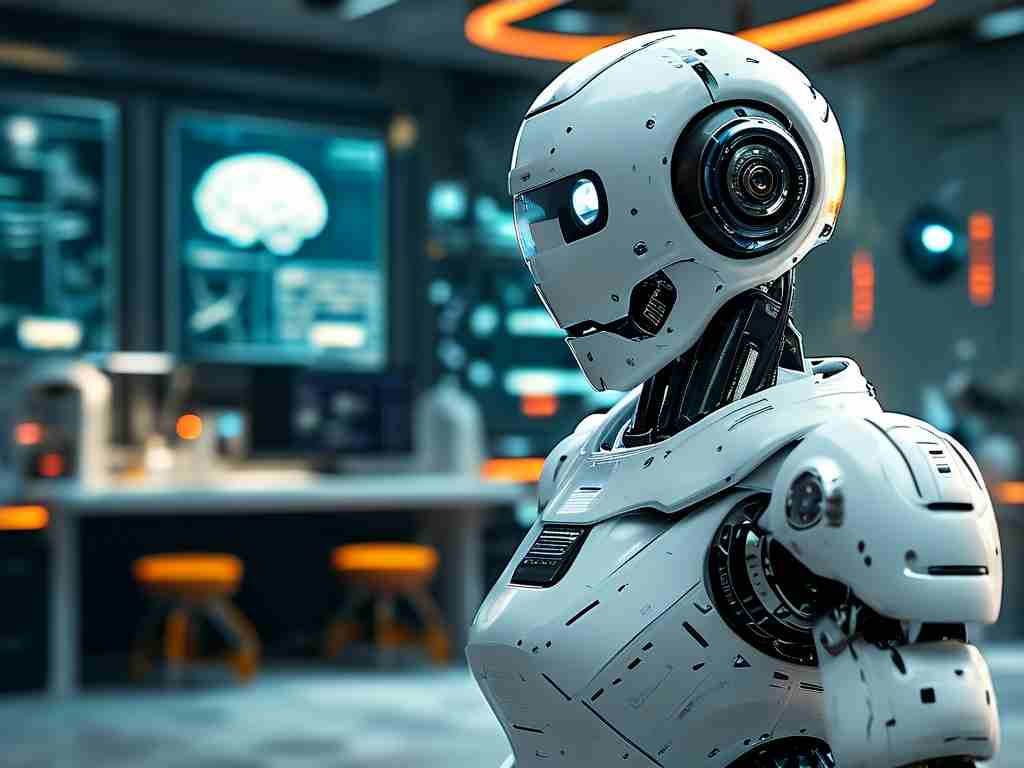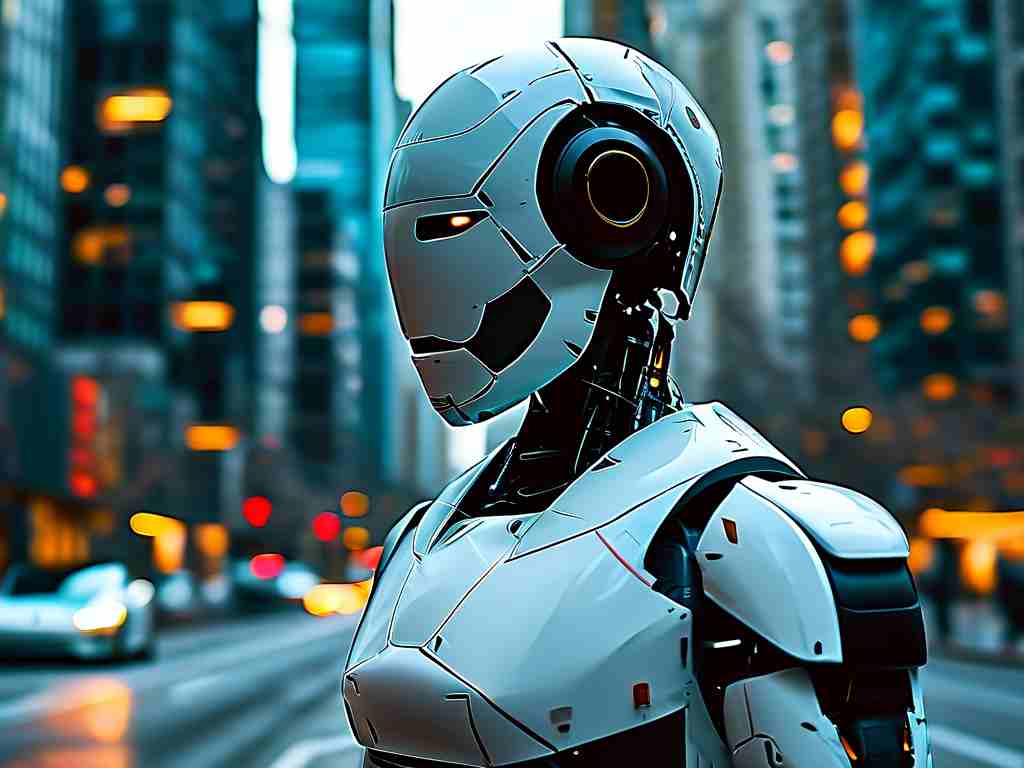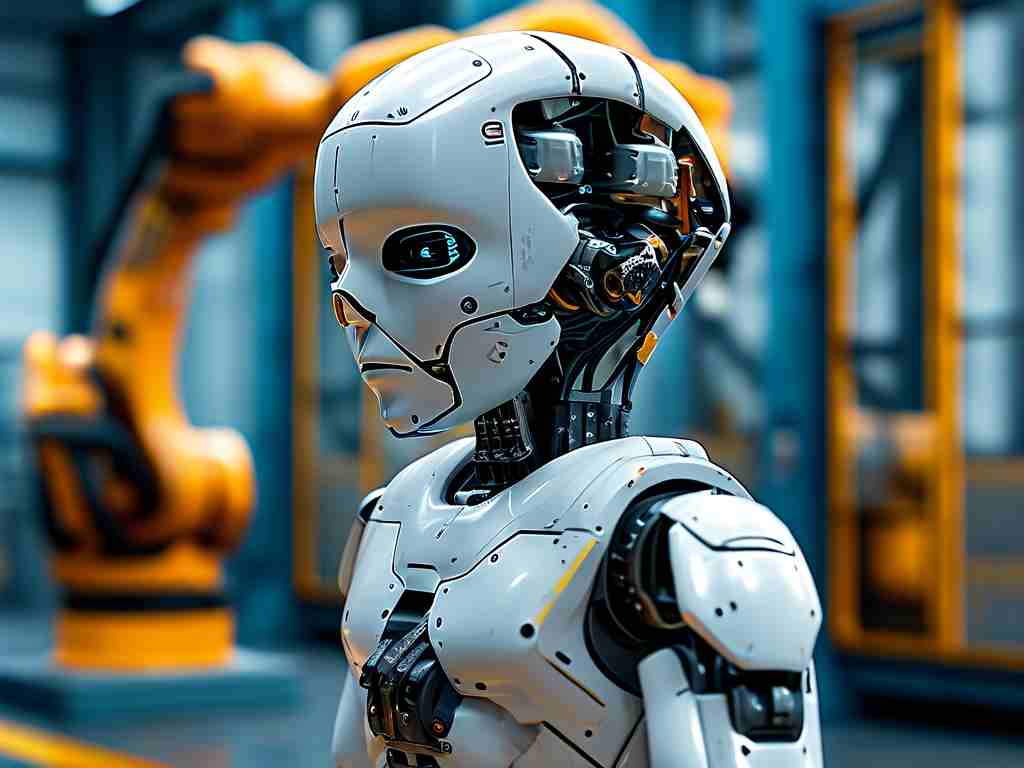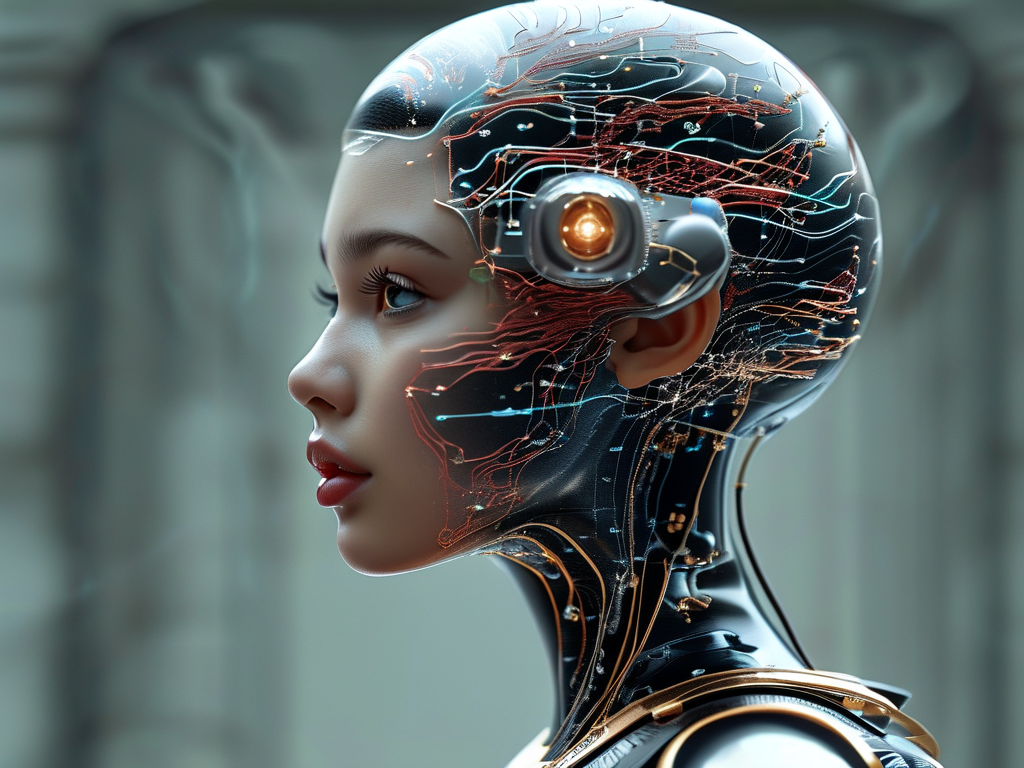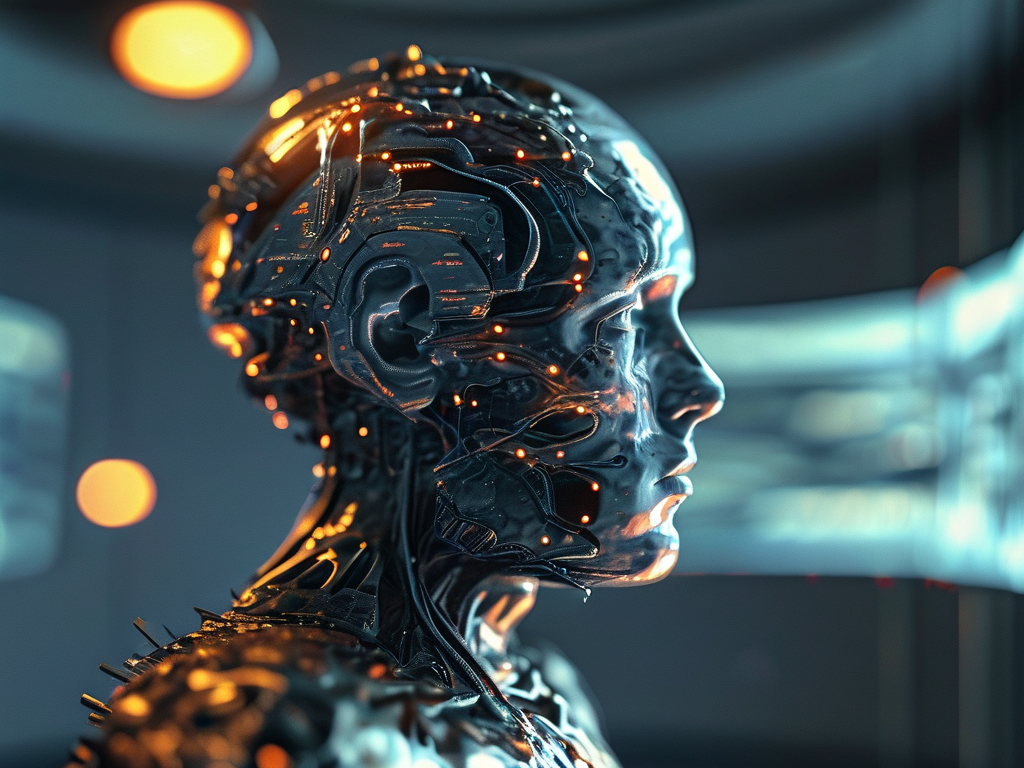The convergence of artificial intelligence and robotic systems has ushered in a new era of medical possibilities, particularly in the field of organ transplantation. Recent advancements in AI-guided robotic surgery platforms are redefining precision standards while addressing critical challenges in donor-recipient compatibility and postoperative care.
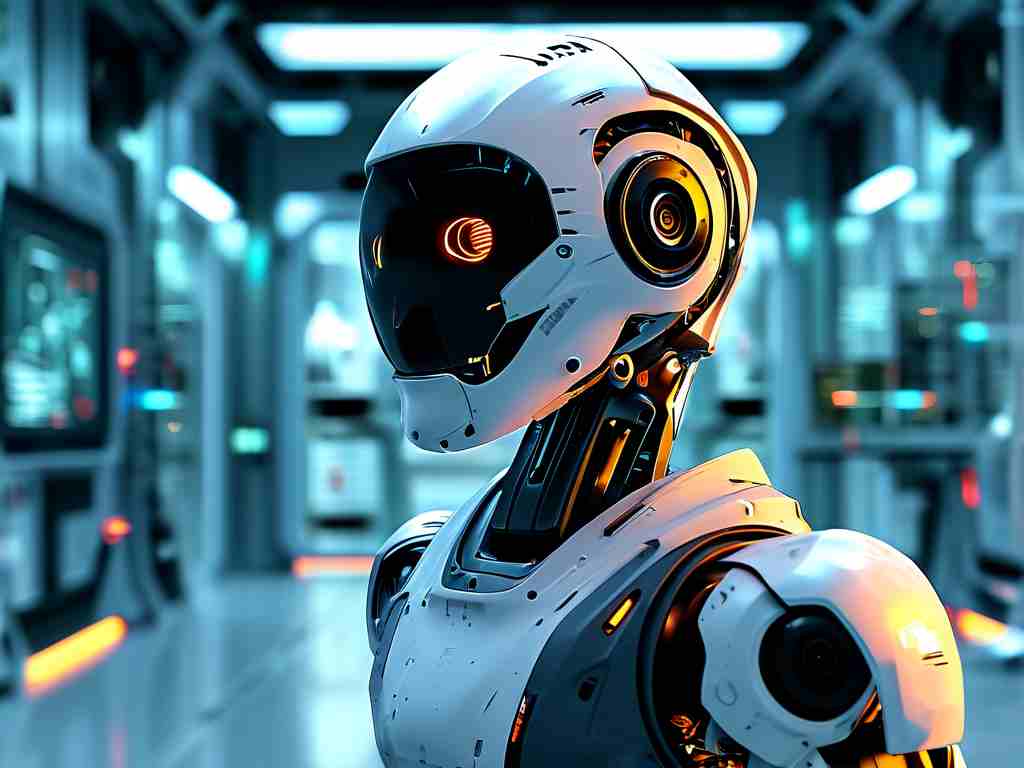
The Evolution of Surgical Precision
Conventional transplant procedures have long relied on surgeons' expertise, but human limitations in micro-scale tissue manipulation persist. The integration of neural network algorithms with haptic-feedback robotic arms now enables submillimeter accuracy during vascular suturing. At Johns Hopkins University, a 2023 clinical trial demonstrated how AI-assisted robots reduced anastomosis time by 41% compared to manual techniques while maintaining 99.3% suture integrity.
Dynamic Compatibility Matching
Traditional organ matching protocols often lead to prolonged waiting periods due to static compatibility criteria. Machine learning models now analyze over 200 biochemical parameters in real time, including epigenetic markers and cellular stress responses. The TRANSNET system deployed at Mayo Clinic processes donor organ viability through quantum-enhanced pattern recognition, achieving 89% accuracy in predicting 10-year graft survival – a 22% improvement over conventional methods.
Ethical Considerations in Autonomous Systems
As robotic platforms gain decision-making autonomy, regulatory bodies face unprecedented challenges. The European Medical Robotics Council recently mandated dual-validation protocols requiring both AI predictions and human surgeon confirmation for critical surgical choices. This hybrid approach balances technological potential with clinical accountability, particularly when handling rare anatomical variations detected through intraoperative 3D spectral imaging.
Postoperative Monitoring Revolution
Implantable nano-sensors powered by biocompatible batteries now transmit organ functionality data to cloud-based AI analyzers. The OrganGuard system developed by SynBioTech detects early rejection signs 5-7 days before symptomatic manifestation through lymphocyte activity pattern recognition. Such advancements significantly reduce readmission rates while enabling personalized immunosuppression regimens adjusted through reinforcement learning algorithms.
Training the Next-Generation Workforce
Modern surgical residencies incorporate virtual reality simulations powered by generative adversarial networks (GANs). These platforms generate rare anatomical scenarios for training purposes, with the RoboMed Academy reporting 68% faster skill acquisition among trainees using adaptive difficulty systems. Crucially, the technology preserves patient safety by allowing error analysis without real-world consequences.
Economic Impact and Accessibility
While initial implementation costs remain substantial, long-term projections suggest transformative potential. The Global Health Economics Consortium estimates AI-driven transplants could reduce overall healthcare expenditures by $12 billion annually through complication reduction and optimized resource allocation. However, equitable access remains contentious, with developing nations advocating for open-source algorithm frameworks to prevent technological disparities.
Future Horizons
Ongoing research into bio-printed organ integration with AI robotics hints at paradigm-shifting developments. Teams at MIT’s Biohybrid Systems Lab recently demonstrated autonomous transplantation of lab-grown liver tissue into porcine models, achieving full vascular integration within 72 hours. Such breakthroughs suggest a future where organ shortages become obsolete, though questions persist regarding immunological adaptation in synthetic-biological hybrid systems.
As this technological synergy matures, continuous dialogue between engineers, clinicians, and ethicists remains crucial. The promise of AI-robotic transplantation lies not in replacing human expertise, but in augmenting medical capabilities to achieve outcomes previously deemed impossible – all while maintaining the irreplaceable human touch in patient care.


